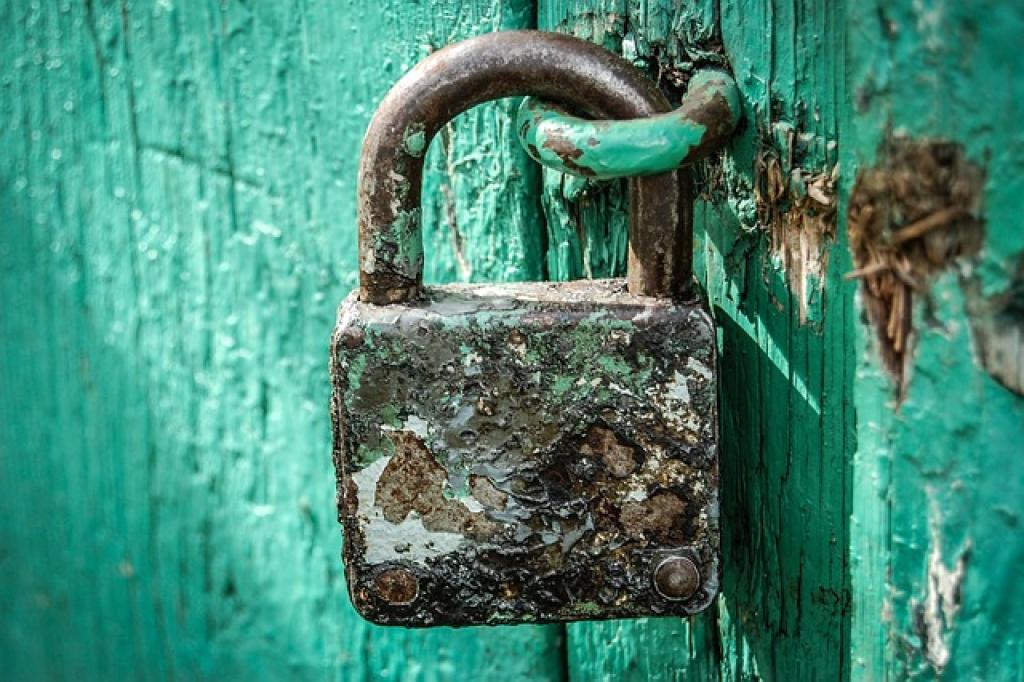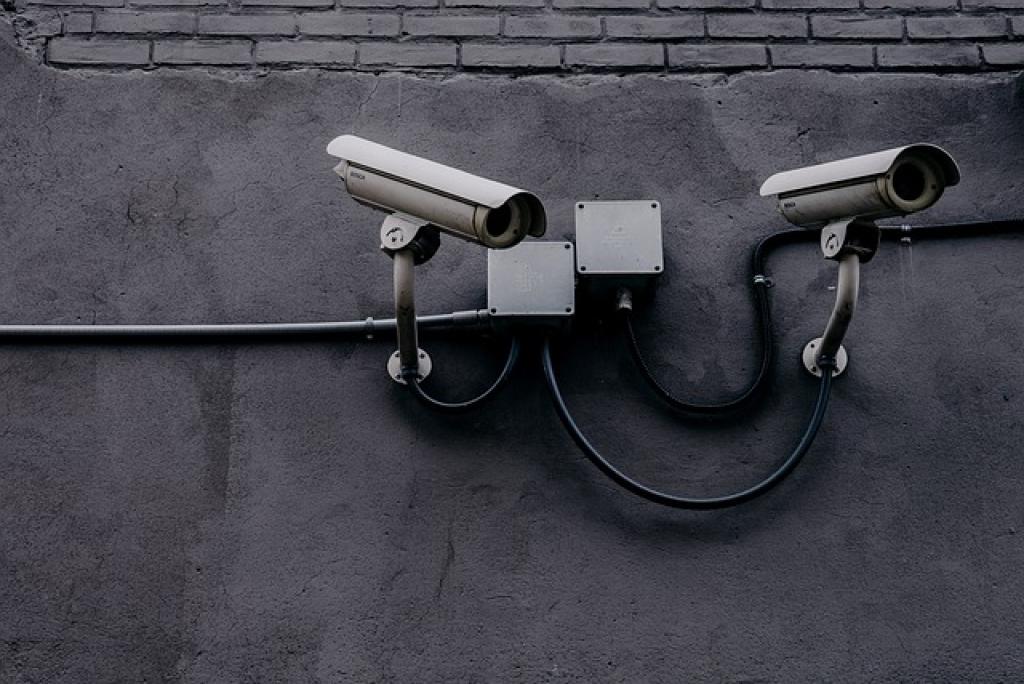
Enhancing Security Staffing for Corporate Headquarters
In today’s fast-evolving corporate landscape, security has become more critical than ever. With increasing threats ranging from cyber-attacks to physical intrusions, safeguarding corporate headquarters is a top priority for any business.
Companies need to ensure that their security staffing is robust and well-equipped to handle any challenges. This means going beyond traditional measures and embracing innovative solutions tailored to specific threats.
Exploring the right strategies and implementing a comprehensive security plan can make all the difference. It’s not just about having security personnel in place, but ensuring they are well-trained, equipped, and motivated to protect and respond efficiently.
In this post, we’ll delve into the key aspects of enhancing security staffing for corporate settings. By supporting your security team with the necessary resources, you can create a safe and secure environment for everyone in your headquarters.
Importance of Security Staffing at Corporate Headquarters
Security staffing forms the backbone of any corporate headquarters’ safety strategy. The presence of a skilled and vigilant security team acts as a strong deterrent against potential intruders or disruptive activities. Employees and visitors alike feel more secure knowing that there are trained professionals on site to manage security concerns swiftly and efficiently.
Moreover, an effective security team helps protect valuable assets, including sensitive data, intellectual property, and the physical infrastructure of the corporation. This protection not only prevents losses but also helps maintain a company’s reputation and trustworthiness in its industry.
Security staff aren’t just a line of defense but also play a crucial role in emergency preparedness. Their training enables them to handle crises, coordinate evacuations, and provide first aid, all of which are vital in ensuring safety during unexpected events.
Finally, integrating security staff into the corporate culture can enhance communication and cooperation between them and other employees. A collaborative approach leads to a more thorough identification of risks and quicker responses, ultimately elevating the overall effectiveness of the corporate security posture.
Evaluating Current Security Measures
Before upgrading security staffing, it’s crucial to take a step back and evaluate your current security measures. This assessment forms the foundation for any improvements you’re planning to implement.
Start by reviewing your existing security protocols to identify any gaps or weaknesses. Are there areas where security breaches have occurred? Understanding past incidents helps in preventing future lapses.
Next, assess the effectiveness of your security technology. Are your surveillance cameras and alarms up-to-date and fully operational? Regular maintenance and upgrades are essential to avoid technology becoming a weak link in security.
It’s also important to gather feedback from your security personnel. They are on the front lines and can offer valuable insights into everyday challenges or potential vulnerabilities.
Lastly, consider conducting regular security audits, either internally or by engaging third-party experts. These audits provide an objective analysis and can uncover issues that might be easily overlooked by those embedded in day-to-day operations.
Through thorough evaluation, you can chart a path toward more comprehensive and effective security systems at your corporate headquarters.
Implementing Technology for Enhanced Security
Incorporating cutting-edge technology into your security strategy can significantly elevate your corporate headquarters’ safety. Technology not only acts as an extension of your security team but also provides capabilities that manpower alone cannot offer.
Start by integrating advanced surveillance systems that offer high-resolution footage and real-time monitoring. Features like motion detection and facial recognition can further enhance the system’s efficiency, allowing for quicker identification of potential threats.
Further, consider implementing access control systems, such as biometric scanners or smart card readers. These systems ensure that only authorized personnel gain entry to sensitive areas, reducing the risk of unauthorized access.
Don’t overlook the power of data analytics and artificial intelligence. These tools can process vast amounts of security data, identifying patterns or anomalies that could indicate potential security issues. Proactively addressing these can prevent incidents before they escalate.
Lastly, ensure all technological implementations are user-friendly and that your team is well-trained to operate them. Effective use of technology should complement human efforts, creating a seamless and robust security infrastructure.
Training and Development for Security Staff
An essential element of a robust security plan is the continuous training and development of your security staff. Regular training ensures your team is prepared to handle evolving threats and can respond effectively in various scenarios.
Begin with foundational training sessions covering basic security procedures, emergency response, and customer service skills. A solid grounding in these areas gives security personnel the tools they need to perform their duties confidently.
Advanced training programs are also vital. These sessions might include cybersecurity awareness, advanced first aid, and the use of new technologies. Such training helps staff stay ahead of potential threats and enhances their ability to protect the organization.
Scenario-based drills are another valuable training tool. By simulating real-life incidents, staff can practice response strategies in a controlled environment. These exercises hone their crisis management skills and encourage quick, decisive action.
Ensure ongoing feedback and assessment to identify skill gaps and areas for improvement. Encouraging a learning culture not only improves performance but also boosts morale and professionalism within the team.
With comprehensive training and development, security staff become a more effective and reliable force, enhancing the safety of your corporate headquarters.
Streamlining Communication Channels
Effective communication is the backbone of any successful security operation. Streamlining communication channels ensures that your security team can respond swiftly and cohesively to any situation.
Start by establishing clear protocols for internal communication. This might include defining which platforms or devices are used for specific types of messages. Consistency in communication tools can reduce confusion and improve response times.
Implement real-time communication solutions like radios or secure messaging apps tailored for security environments. These tools enable instant connectivity, making it easier for team members to share critical information quickly.
Regularly scheduled meetings and briefings can also promote information flow and keep the team updated on security policies, recent incidents, or changes in procedures. Encouraging open dialogue ensures everyone is on the same page and prepared for action.
Another key aspect is maintaining efficient communication with external agencies such as law enforcement or emergency services. Establishing and nurturing these relationships ensures that in times of crises, collaborative efforts are optimized for effectiveness.
By streamlining communication channels, your security team can operate more efficiently, minimizing response times and maximizing the safety of your corporate headquarters.
Regular Assessment of Security Protocols
To maintain a robust security posture, conducting regular assessments of your security protocols is essential. This continuous evaluation helps you adapt to new threats and refine procedures as necessary.
Start by scheduling routine audits that review all aspects of your security measures. These can help identify vulnerabilities, ensuring that issues are addressed promptly before they lead to larger problems.
Identifying Areas for Improvement
During these assessments, focus on spotting areas where your strategy may be lacking. This includes checking if your security equipment is up-to-date and verifying that procedures align with current company operations and regulatory requirements. The goal is to ensure that all systems and protocols function optimally.
Engage both internal and external experts to gain comprehensive insights. Internal reviews provide context-specific observations, while external perspectives can offer fresh insights and identify blind spots that might be overlooked by internal teams.
Finally, make it a practice to update your security plans based on assessment findings. Adaptable protocols are stronger in the face of ever-changing threats, ensuring your team is always prepared.
By dedicating time and resources to regularly assess your security protocols, you position your corporate headquarters to effectively manage risk and maintain a secure environment.
The Bottom Line: Continuous Improvement for Optimal Security
As we’ve explored throughout this guide, enhancing security staffing for corporate headquarters is not a one-time task but an ongoing commitment. Effective security requires a dynamic and adaptable approach, keeping pace with evolving threats and technological advancements.
A comprehensive security strategy involves multiple facets, from strengthening security personnel and leveraging advanced technology to streamlining communication and conducting regular assessments. Each of these components plays a crucial role in fortifying your headquarters against potential threats.
Importantly, collaboration is key. Encouraging open communication and fostering a culture of security awareness among all employees ensures everyone contributes to a safe environment. When everyone is engaged and informed, security becomes a shared responsibility, leading to a more resilient organization.
Moreover, regular evaluation and adaptation are fundamental to maintaining and improving security measures over time. By continually reassessing strategies and protocols, you can identify opportunities for enhancement and refine your approach as new challenges and innovations emerge.
In essence, the commitment to continuous improvement is what truly empowers organizations to achieve optimal security. By remaining vigilant and proactive, your corporate headquarters can stay one step ahead, protecting both people and assets effectively.
Ultimately, embracing a strategy of ongoing evaluation and enhancement ensures that your security efforts remain robust and effective in an ever-changing world.


